Turn Your Living Room Into a High-Energy Virtual Cardio Studio
Chosen theme: High-Energy Virtual Cardio Workouts for Your Living Room. Ready to transform a few square feet into a pulse-pounding training zone? Dive into fast, fun sessions, real-world tips, and uplifting stories—then subscribe for fresh living-room cardio inspiration every week.
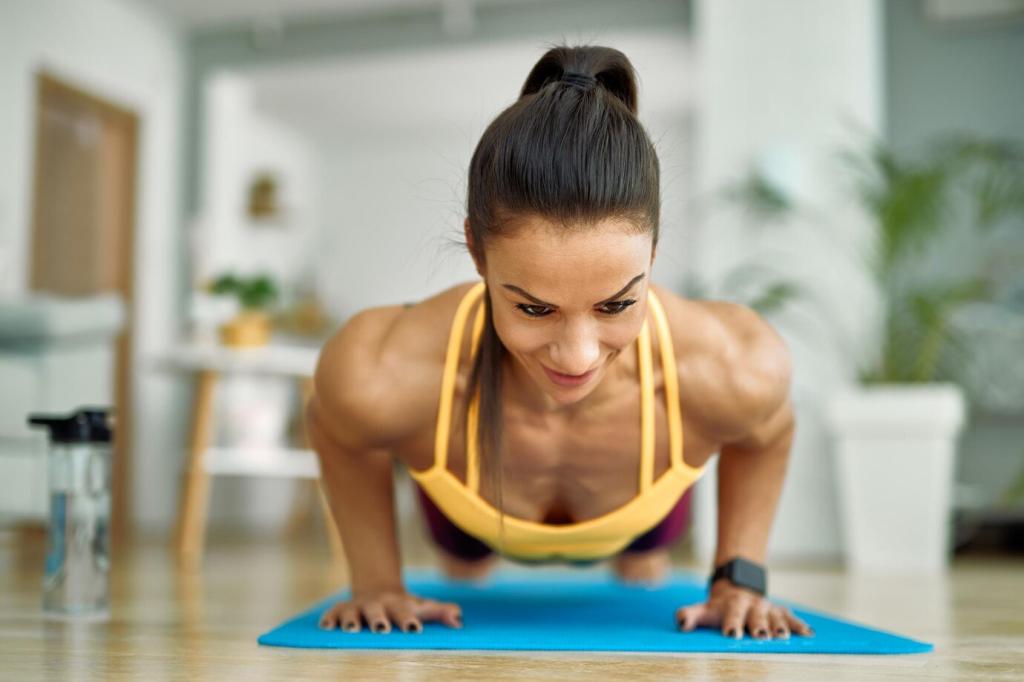

Prepare Your Living Room Cardio Zone
Slide your coffee table aside, roll out a mat lengthwise, and test clearance for arm swings, jacks, and lateral shuffles. Check ceiling height for overhead moves and fans. Mark safe foot positions with painter’s tape to keep alignment consistent as intensity rises.
Prepare Your Living Room Cardio Zone
Build intensity with bodyweight classics—squat jumps, mountain climbers, skaters, and power knee drives. Repurpose household items: towels as sliders, a sturdy chair for step-ups, and full water bottles for light resistance. Manipulate tempo, range of motion, and work-to-rest ratios to scale challenge.

Intervals That Ignite EPOC
Alternating intense bursts with short recovery ramps up oxygen demand and triggers excess post-exercise oxygen consumption. Think 40 seconds on, 20 seconds rest. That afterburn effect keeps your metabolism elevated, turning your living room efforts into extended calorie burn long after you cool down.

Heart Rate Zones at Home
Use perceived exertion or a monitor to guide zones. You should talk comfortably in Zone 2, speak in quick phrases in Zone 3, and spit out single words in Zone 4. Keep eyes on form when breathless and anchor pacing to steady, rhythmic footwork.
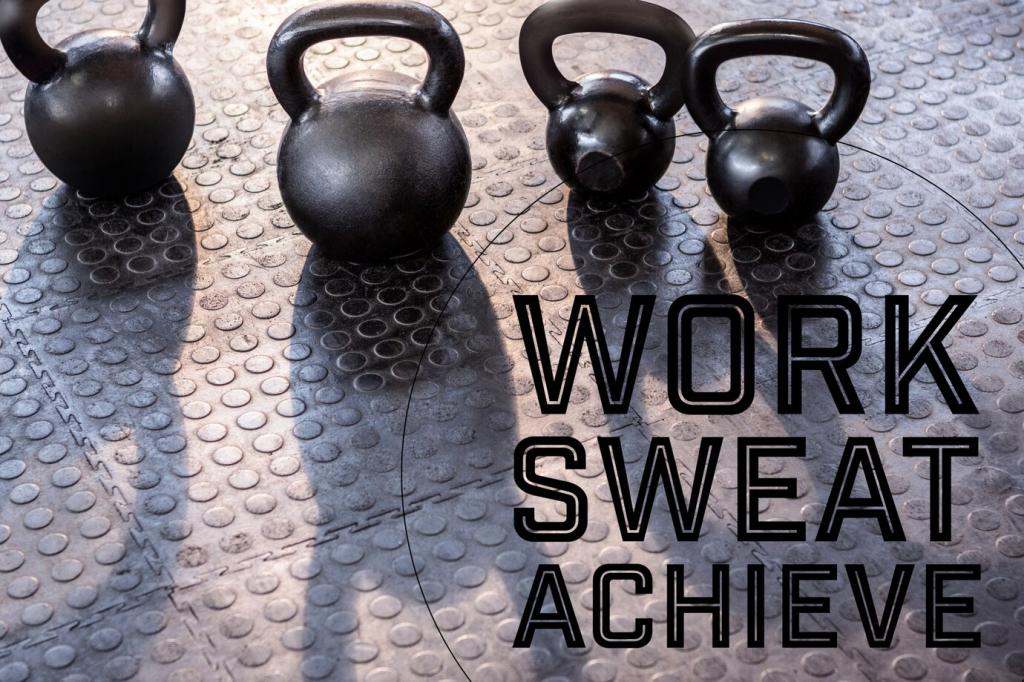
Why 20 Minutes Can Be Enough
Short, vigorous sessions stack up. The American College of Sports Medicine notes 75 minutes of vigorous cardio weekly supports health. That’s four focused 20-minute routines plus a bonus finisher. Consistency, not marathon length, is the secret to real-world endurance and mood gains.

Mobilize and prime: marching with arm circles, hip openers, inchworms, and quick pogo hops or calf raises. Gradually elevate heart rate while rehearsing key patterns. Keep eyes on posture, unlock hips and ankles, and set an intention for crisp effort and clean landings.
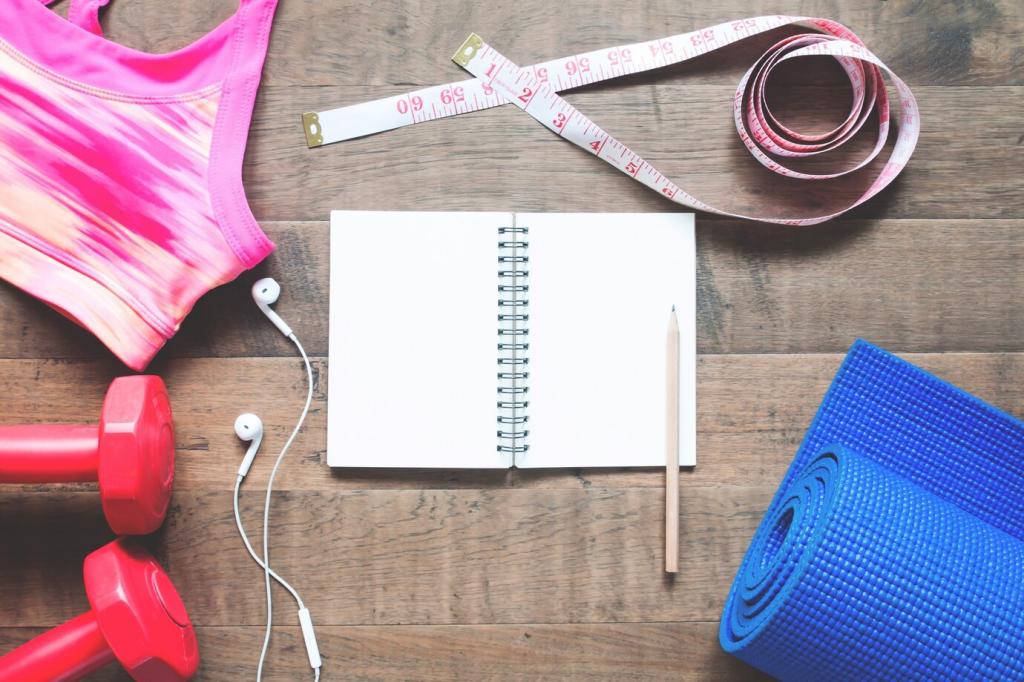
Cycle through four moves: high knees, speed skaters, squat thrusts or low-impact step-backs, and fast jack variations. Work 40 seconds, rest 20 seconds, three rounds total. Modify on the fly by shortening range, slowing tempo, or choosing quiet alternatives to keep neighbors happy.
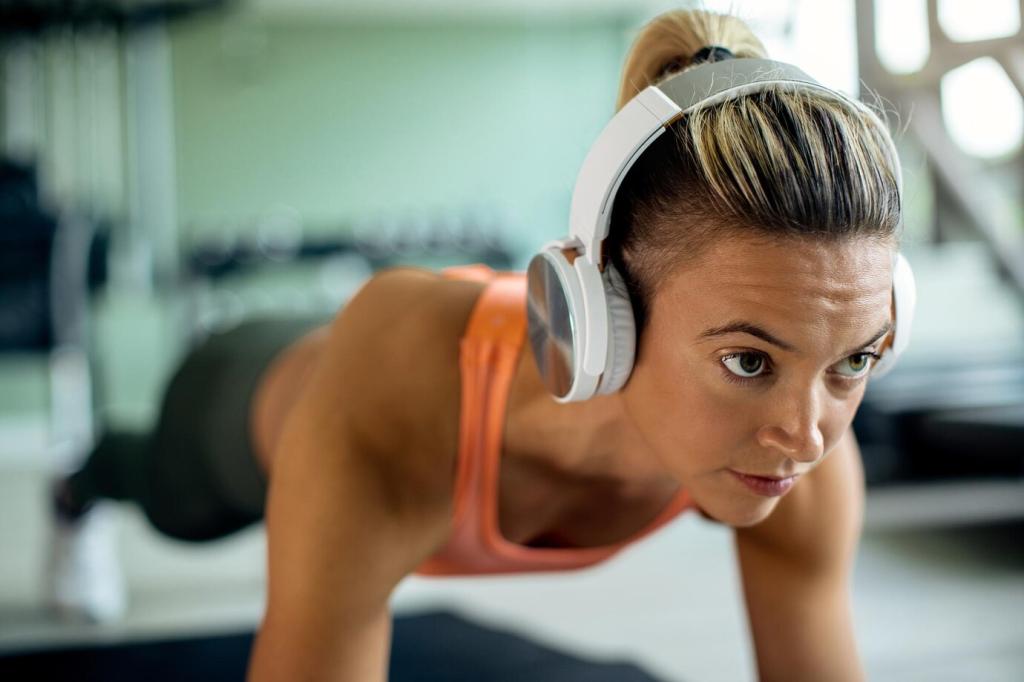
Ease into slow marches, standing hamstring and quad stretches, then box breathing: inhale four counts, hold four, exhale four, hold four. Reflect on a win—sharper form, steadier rhythm, or one extra rep. Drop your highlight in the comments to cheer someone else on.

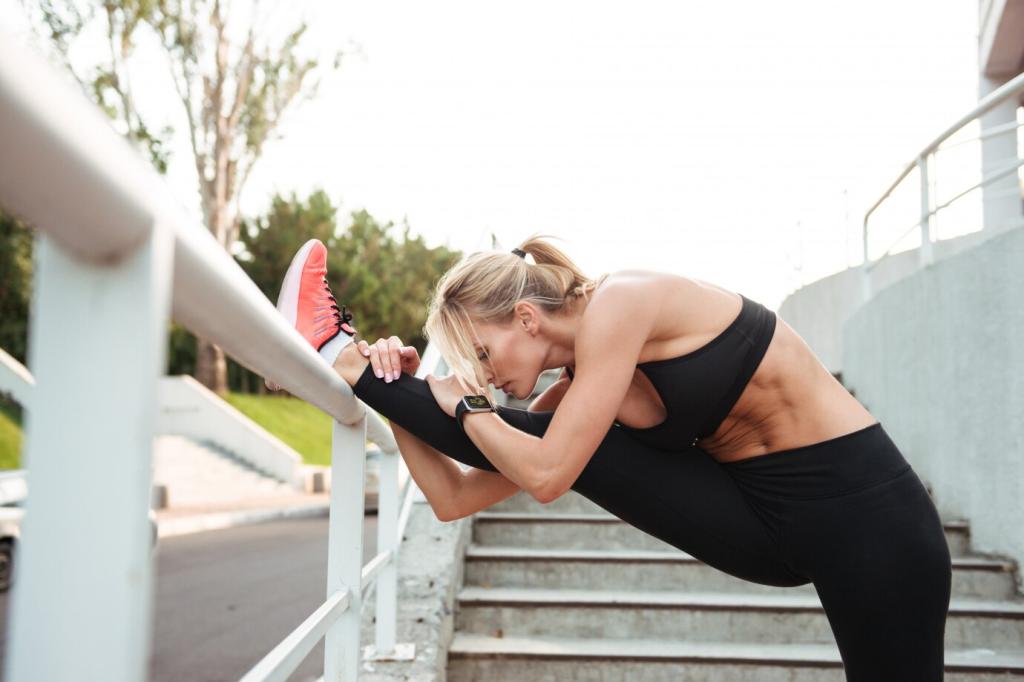
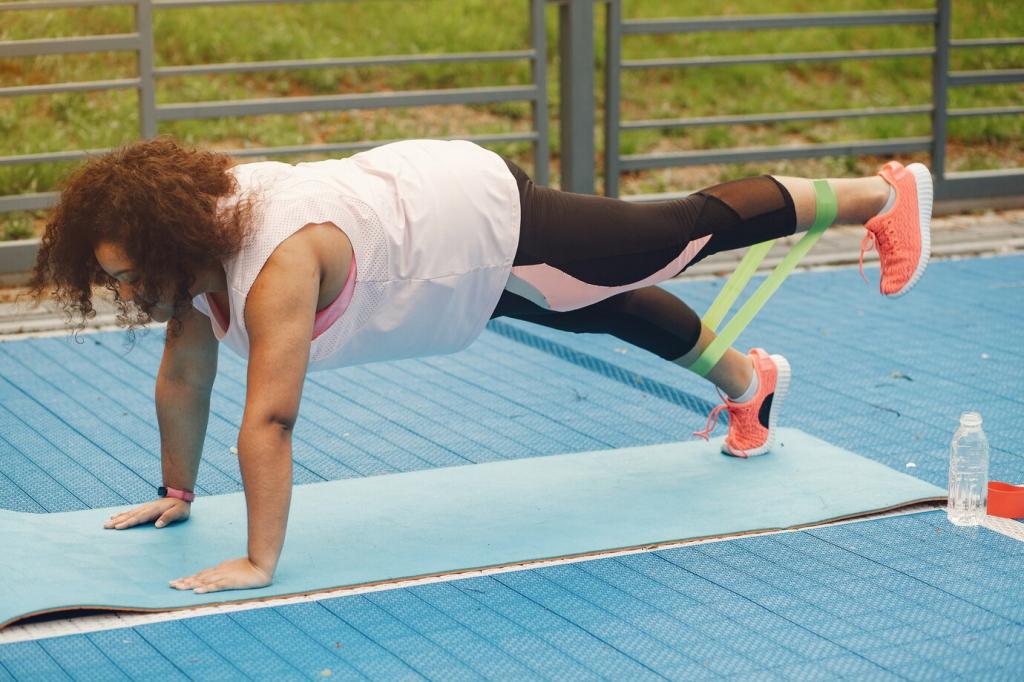
Quiet, Joint-Friendly, Neighbor-Approved Intensity
Trade jump squats for squat-to-calf-raise, burpees for rapid step-backs, and jacks for lateral tap-outs with powerful arms. Drive heart rate using speed, depth, and time under tension. Knee drives and fast punches torch calories quietly while protecting ankles and shins.
Quiet, Joint-Friendly, Neighbor-Approved Intensity
If you do jump, think toe-ball-heel with bent knees and cushioned matting. Keep chest tall, hinge softly, and absorb force through hips. Shorten vertical height and focus on smooth, quiet contacts. Your neighbors hear your playlists, not your plyometrics.
Quiet, Joint-Friendly, Neighbor-Approved Intensity
Pick vertical moves—march sprints, power knee switches, squat pulses, and wall sit intervals. Keep travel minimal and intensity high. Rotate 90 degrees between exercises to reset focus without moving furniture. Small squares can deliver big sweat when choreography stays tight and purposeful.
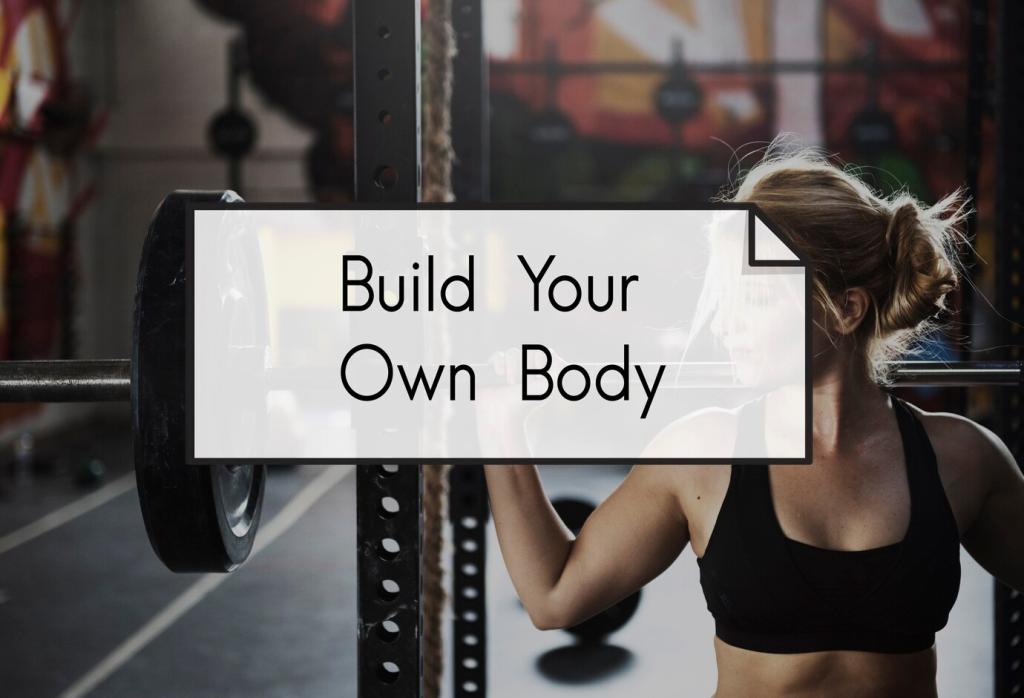

Your Tech Toolkit for Virtual Cardio
Cast to a TV via HDMI or AirPlay and angle the screen near eye level to protect your neck. Increase brightness and contrast for clear form cues, but avoid glare from windows. A tidy, distraction-free backdrop keeps attention on effort and breathing.
Your Tech Toolkit for Virtual Cardio
Use a heart rate strap or smartwatch to gauge intensity and recovery. Log perceived exertion after each block. Note one-minute heart rate drop as a fitness marker. Simple spreadsheets or habit apps reveal patterns that make your living room sessions progressively sharper.
Fuel, Recover, Repeat
Pre-Workout Fuel That Doesn’t Sit Heavy
Aim for a light carb-focused snack 60–90 minutes before: banana with a spoon of peanut butter or yogurt with honey. If training early, a few sips of sports drink may suffice. Personalize by noting how energy and stomach feel during high-knee bursts.
Hydration and Electrolyte Basics
Drink a glass of water about 30 minutes pre-session, sip during rests, and add a pinch of electrolytes on hot days. Your living room can get steamy—ventilate and towel off. Check urine color and post-workout thirst to fine-tune your routine.
Post-Workout Recovery Ritual
Within an hour, target 20–30 grams of protein plus carbs for refuel. Stretch hips and calves, foam roll tight spots, and schedule sleep like an appointment. Recovery turns today’s sweat into tomorrow’s strength inside the same four walls.
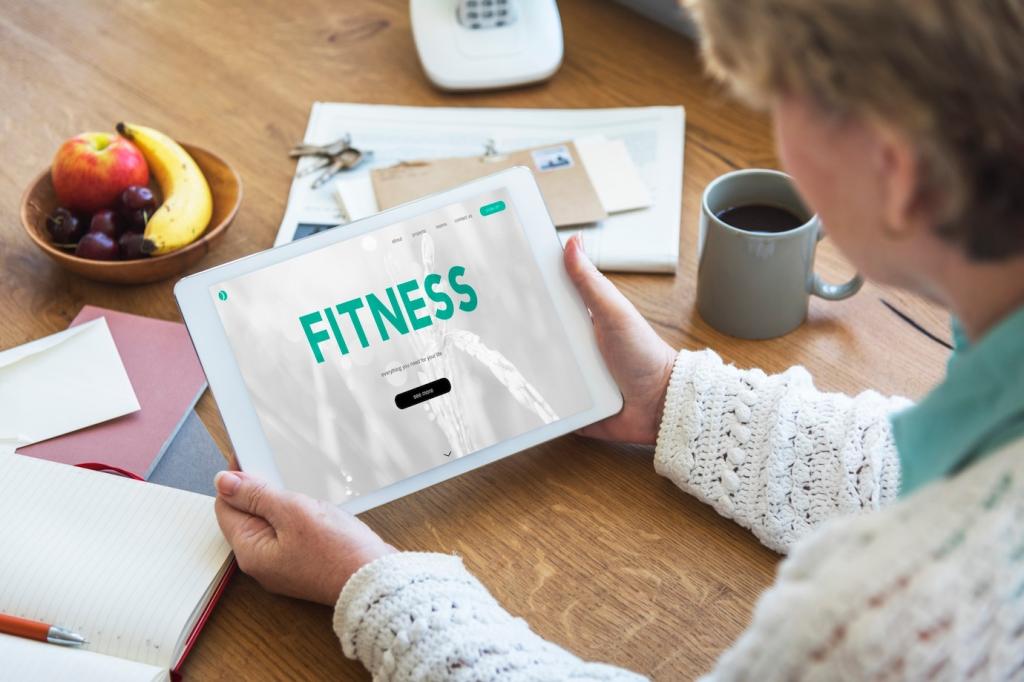
Real Story: From Couch Corner to Cardio Confidence
Maya started in a studio apartment where the rug slid and the ceiling felt low. After two breathless minutes, she nearly quit. She taped the rug, opened the window, and promised herself just ten minutes. The timer started, and so did momentum.
Two weeks later, her high knees were faster, and stairs felt easier. She swapped the coffee table for a lightweight ottoman, used towels as sliders, and stacked short intervals between meetings. The living room stopped being clutter—it became her cardio sanctuary.
What small change will unlock your high-energy virtual cardio today—new playlist, better mat, or a friend on FaceTime? Tell us below, subscribe for weekly routines, and tag your first win so the community can celebrate alongside you.
